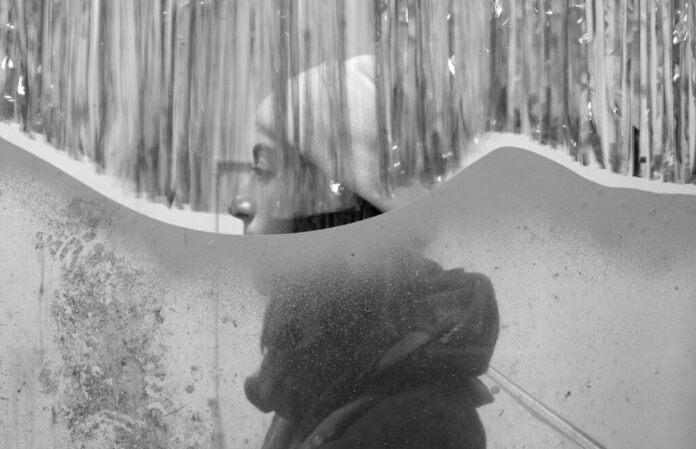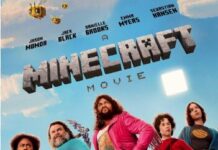Earlier this semester, Jesuit Dallas’ museum added multiple new pieces to the historical library by artist Madeline Soich. Madeleine Soich’s work brings more variety to the museum’s collection as more of her artwork is contemporary. [Ms. Soich is the daughter of Mrs. Linda Soich, executive administrative assistant to Mr. Earsing, and sister of Alex Soich, VP of Finance & Operations.]
Madeleine Soich
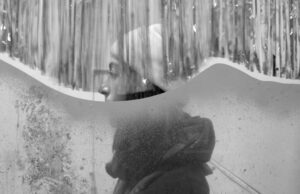
Madeleine Soich concentrates her artwork on textiles, sculptures, and mixed media. Soich likes to use light, “dust,” sound, and discarded items to explore a constant state of perpetuity. Her artwork resembles the body and the constructed world to instill empathy to the viewer as there is an impending transformation in the world. Soich’s artwork has been exhibited in places such as the PDX Window Project (OR), Korpúlfsstaðir Gallerí (Reykjavík, IS), Millepiani with LoosenArt (Rome, Italy), and in a collaborative project titled Threadlines at the Museum of Contemporary Craft (OR). Her work has been published, been nominated for scholarships, and has received numerous awards. Soich was born in Dallas and attended Booker T. Washington High School then attended the Oregon College of Arts and now is an adjunct professor at the University of Syracuse for visual arts.
Soich’s Artwork
All of Soich’s artwork can be found in Jesuit’s historical library, adjacent to the Info Commons.

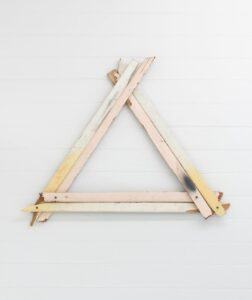
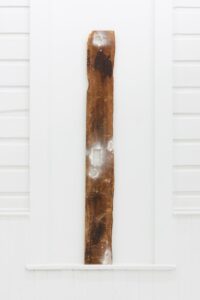
Soich’s Statement
(all of this text is Soich’s words about her artwork)
Phantom IV and Phantom V are sculptures made of three segments each, creating two. flowing sculptures. Experience the two pieces from all three sides: inside and outside of the Historical Library, considering their presence as you walk through the passageway. I find the bodies of my sculpture outside as trash and in free piles as “what is another’s treasure.” These objects are frankensteined of “dust.” I empathize with their ambiguous past, their missing components, and broken parts. I see ourselves in them; they are mirrors. I re-animate them, considering what they are now as beings emerging from the gateway of change (simultaneous destruction/creation). I project a mythology onto their structure, responding to their presence and utilizing a codex. Inspired by construction-coded spray paint language, I use these colors to highlight their features, heightening the object’s presence as a vessel of memories: white for points of excavated interest, pink for action, blue for water (enactor of change as creator/destroyer), and yellow for mending. I found Phantom IV and Phantom V curbside in Syracuse, NY, crumpled and in a pile.
I carried them inside, wiped the dirt from their bodies, and spent time with them to discover who they have become now that they are no longer, what they were before. Re-animated, they are located in a doorway leading to the Historical Library, which is connected to the Information Commons. I view this as a passageway of formational change, and it was something I took into consideration when conceptualizing what I would create for these glass cases. In this way, they are site-specific sculptures. Trifurcated in the columns, their fractal forms are both coming apart/together– in flux. Pink (action) highlights their trifurcation as well as the nails that came embedded in their form, which have left behind imprinted memories (highlighted in blue). I use blue to highlight
moments I find in alignment with water’s non-dualistic role as “change-maker”.
The supportive struts are made from upcycled pulp and fallen, autumnal leaves gathered from the same location I found Phantom IV and Phantom V. The use of a strut references classical sculpture, in which struts were structurally necessary for figurative works, and their material composition signifies regeneration while also referencing death. The struts
are capped with yellow paint (mending), and the rubber at the base of each piece is also yellow. During the animation of these Phantoms, I considered a loop I constructed with a group of German words that are all derived from the same root.
wand (wall): wandeln (change)
= wandeln (change) : wandlung (transformation)
= wandlung (transformation) : wandern (to wander)
= wandern (to wander) : wand (wall)
in perpetuum
Delta (Change) and Decline/Incline (Missing Time) are work made years prior utilizing similar methods to Phantom IV and Phantom V (Healing).
With Delta (Change), I articulate two pieces of wood that serendipitously broke in two places yet still align to create the sign of Delta, a mathematical symbol of Change, and with Decline/Incline (Missing Time), I use white to highlight points of excavated interest, drawing attention to the board’s missing components. In the creation of these early pieces,
I intentionally altered and interacted with objects in ways that made the viewer question what, if anything had been added by my hand. I view them as artifacts and representatives of disparate, unknown locations, mysterious in origin to the viewer, leaving room for curiosity to take hold and fabricate their past.
Conclusion
Stop by the historical library to truly appreciate Soich’s artwork and see the beauty and emotion that Soich articulates through her work.
For more Jesuit Museum news, stay tuned to The Roundup!


